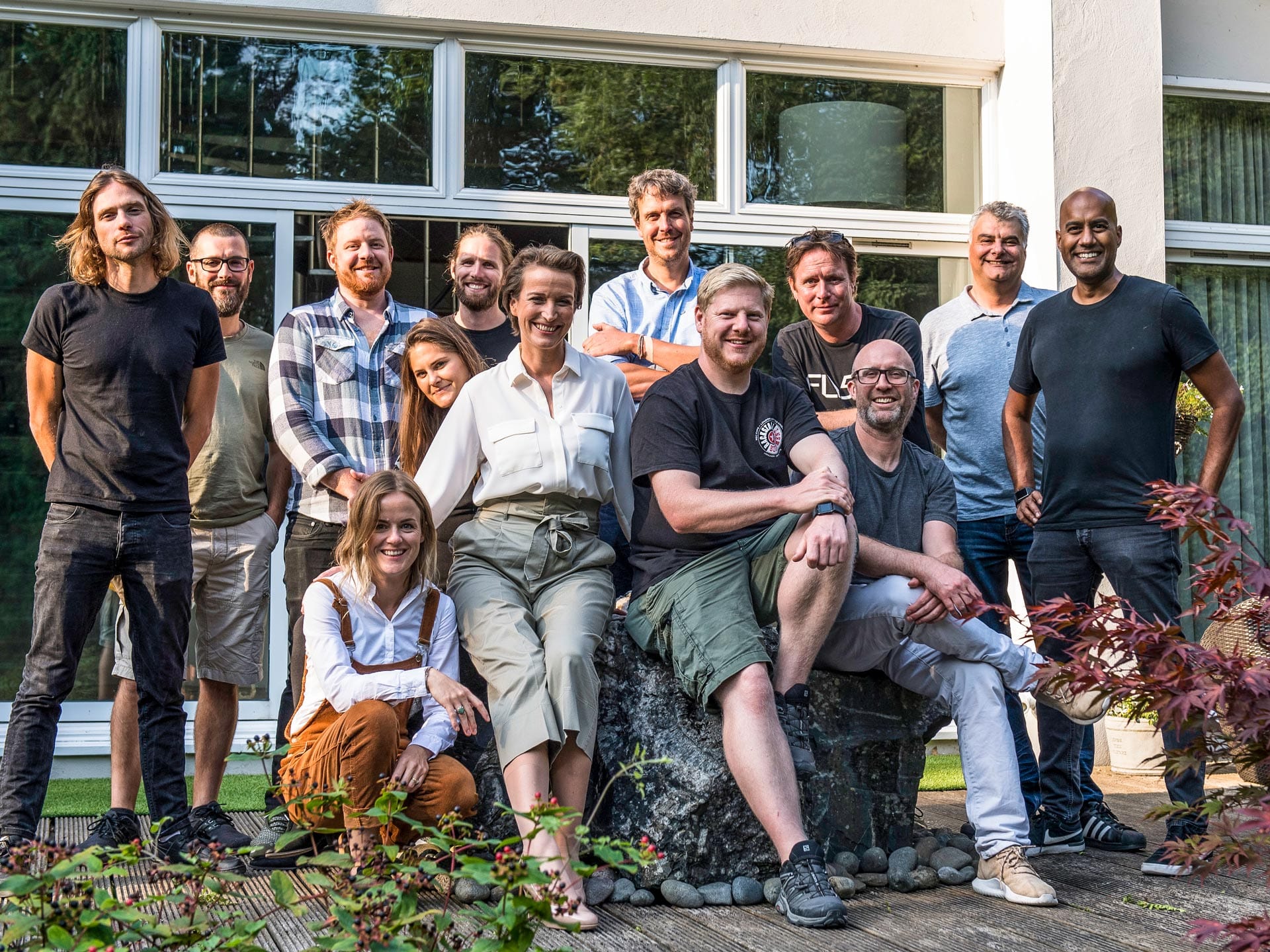Podcasts have been around for years, but more recently, businesses have started to realise just how versatile and valuable they can be. In 2025, podcasts are being used not just for marketing and thought leadership, but also for internal communication, training, and team engagement. Increasingly, podcasts are also being recorded in video format, making them more visible and shareable across platforms. Whether you’re starting from scratch or looking to improve what you already have, here are a few key things to keep in mind.
Define your audience and goals
Before launching a podcast, it’s important to understand who you’re trying to reach and what you want to achieve. Are you looking to educate, inform or entertain? Are you speaking to customers, industry peers, or your own team? Having a clear idea of your audience and purpose will help you create content that feels relevant and useful.
Position it as a thought leadership tool
Podcasts are a great way to showcase expertise and open up discussion around topics that matter to your industry. They allow your business to have a voice in the conversations that shape your sector, while also helping to build trust and recognition. When done well, a podcast can position your team as approachable, informed and forward-thinking.
Bring in guests and new perspectives
Including guests or co-hosts can add variety and depth to your content. Whether it’s a colleague from another department, a customer, or someone from outside your organisation, fresh perspectives keep things interesting. They also open the door to new audiences and conversations you might not have otherwise had.
Invest in quality production
Good production matters. If the audio or video is poor, people will switch off, no matter how interesting the topic is. It’s worth working with a professional production team such as The Content Works to make sure everything sounds and looks as it should. The right editing, equipment and support can make a big difference to how your podcast is received.
A flexible, less disruptive format
One of the key advantages of podcasting is its flexibility. It’s easier to coordinate than traditional video production, and people tend to feel more relaxed when they don’t have to be on camera. That said, many businesses now film their podcasts too, giving them content that can be shared on YouTube, LinkedIn or other platforms. Whether you stick to audio or go visual, it’s still a format that works around people’s availability and comfort levels.
Use podcasts for internal training
Podcasts aren’t just for external audiences. They can be a helpful way to deliver internal training, onboarding content or company updates in a more accessible and informal way. They’re easy to access, don’t require much time to produce, and can be listened to when it suits the team.
Looking ahead
In 2025, many companies are experimenting with private podcast feeds for staff or clients, video-first content, and AI tools to speed up editing and transcription. With the format continuing to evolve, it’s a good time to think creatively about how podcasts could support your wider communications.





